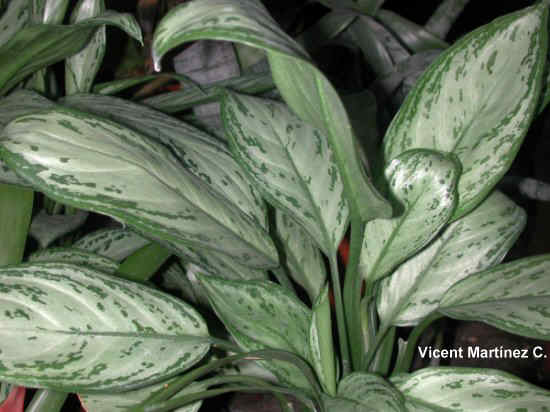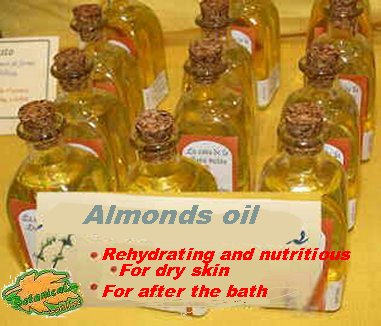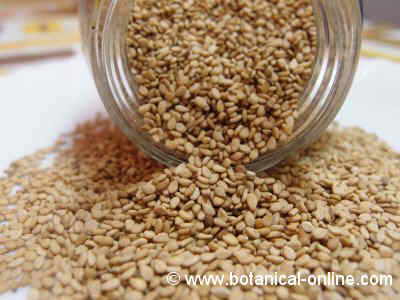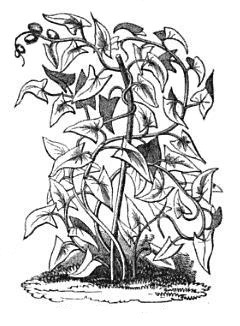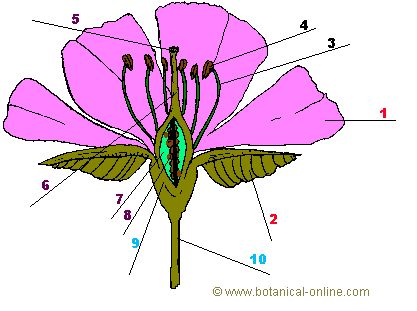Contents
Acanthus properties (Acanthus mollis L.)
What plant is acanthus and what is it used for?
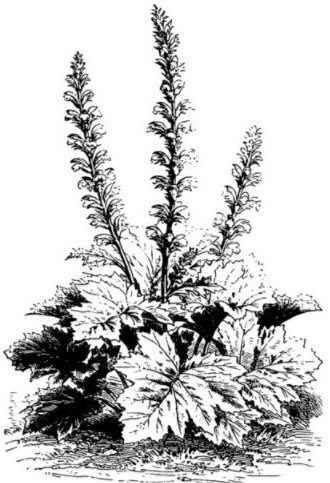
Acanthus (Acanthus mollis L.) is a spectacular plant that does not go unnoticed and that fills any corner with green. Its flowers are just as striking as its leaves, both for the color and for the elegant aesthetics of its flowery rod.
It is a beautiful ornamental plant, widely used in decoration and gardening, for its large size, its flower, showy and original, its robust appearance and the elegant and voluminous appearance of all its leaves.
Acanthus medicinal properties
In general, there is no great tradition of acanthus as a medicinal plant. Its use is, most of the time, basically ornamental and decorative. However, if we go back to traditional medicine, we see that formerly acanthus was a plant widely used in remedies, mainly to heal wounds.
The Greek writer Luciano, in his treatise El Luto wrote that laurel and acanthus bouquets were hung on the door to the seriously ill, to ward off evil.
Dioscorides and Pliny were already talking about her and she was considered suitable for softening. For this reason, it was prescribed in the form of poultices of the crushed and mashed leaves, to solve pain, swelling, abscesses, wounds and burns.
According to the Spanish botanist José Quer y Martínez (1695 – 1764) ‒who was the creator of the Real Jardín Botánico de Madrid‒, in his treatise on “Spanish Flora and History of the plants that grow in Spain”, acanthus was traditionally used as an emollient, aperitif, resolutive and sweetening plant. The author describes that the plant is somewhat saponaceous and insipid, like mallow, because it contains a glutinous and mucilaginous juice and therefore one of the most emollient aids and poultices, as well as in fomentations and baths against nephritic colic. He recommends it as an excellent plant for burns and in cases where emollients, applied in a poultice, are appropriate. Its root, says José Quer, is admirable for those who spit blood from the mouth, resulting from a fall or blow, to stop the bleeding.
Acanthus uses as a natural remedy
Acanthus is considered to be an emollient plant, due to its high amount of mucilage, indicated for intestinal washes, together with other plants, also emollients such as mallow, violets or chard. Its emollient condition also makes it suitable for burns and stings, based on external poultices made with crushed or scalded leaves.
Regarding its oral ingestion, in the form of an infusion, certain caution is recommended, since excessive doses can cause diarrhea in some people, because of its content of anthraquinones (purgative active principles). It is also not a very popular plant to use as a tea.
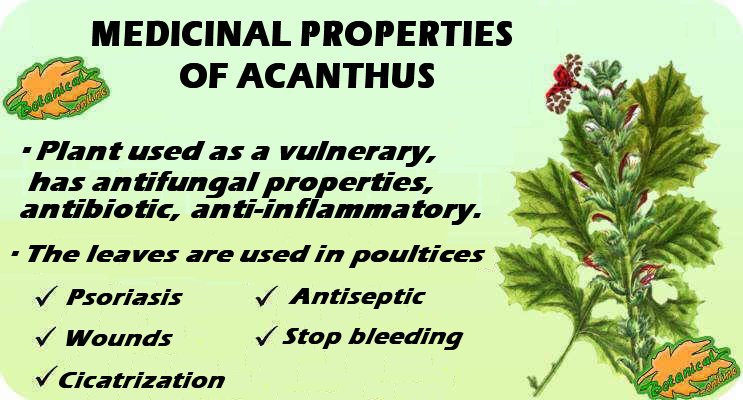
Summary sheet owith the main properties of the acanthus (Acanthus mollis L.). This plant is normally used in external use.
Scientific studies on acanthus
For whatever reason, it seems that acanthus does not arouse much interest and there is practically no scientific literature on its possible medicinal uses. Among the few studies found, we have:
- In vitro studies showing certain antifungal properties (against Candida) and anti-inflammatory properties of the plant (the whole plant, but especially the extract of the leaves).
- The usefulness of acanthus poultices for psoriasis has also been investigated (in topical use, it has been shown to improve psoriasis by inhibiting 5-LOX, COX-1 and activating NF-κB), as it is a traditional remedy in Italy , specifically on the islands of Sicily and Sardinia.
Is acanthus an edible wild plant?
It is not considered an edible plant.
Acanthus types
There are approximately a dozen species of Acanthus in the world, most of which live in tropical areas. But the best known and undoubtedly the most widespread is the one found in temperate countries, Acanthus mollis.
History of acanthus as an ornamental plant
Curiously, there is more literature on the ornamental and symbolic functions of acanthus in architecture and fine arts, than on its medicinal benefits.
![]() More information on acanthus
More information on acanthus

